Feature: A multimedia revolution for telecommunications and broadcasting
11 September 2018
Silvia Rossi, researcher in techniques for Virtual Reality streaming, reports on the multimedia revolution seen at the 57th FITCE Congress
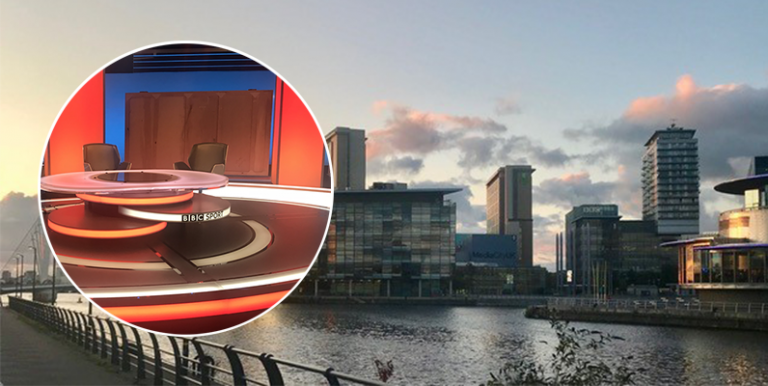
Author Silvia Rossi, PhD Student
 Multimedia | 5G | Internet of Things | Broadcast
Multimedia | 5G | Internet of Things | Broadcast
New methods of multimedia delivery have revolutionised so much of the way we now consume both information and entertainment but what is yet to come and how is this revolution developing. Silvia Rossi, a researcher in techniques for Virtual Reality streaming, recently presented her work to members of the telecommunication and broadcast communities and reports on what she found.
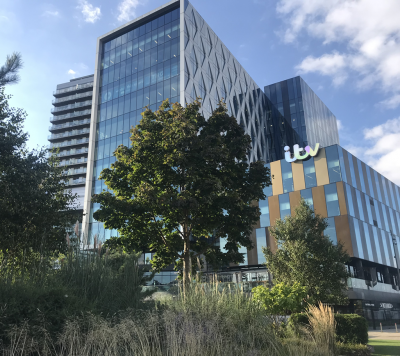
The Federation of Telecommunications Engineers of the European Union (FITCE) is an association with over 60 years of experience and delegates from 10 different European countries. It was born to facilitate the exchange of knowledge, new ideas and networking between industry and academia. This year the theme of FITCE's annual congress was “Delivery and Consumption of Digital Media”, chosen due to the rapid growth of online media streaming creating effects and challenges to both telecommunications and broadcasting industries. The congress was held at the University of Salford in MediaCity UK (Salford) just 20 minutes from Manchester. MediaCity UK is a modern and green area and core of the main England media organisations (i.e., BBC, ITV).
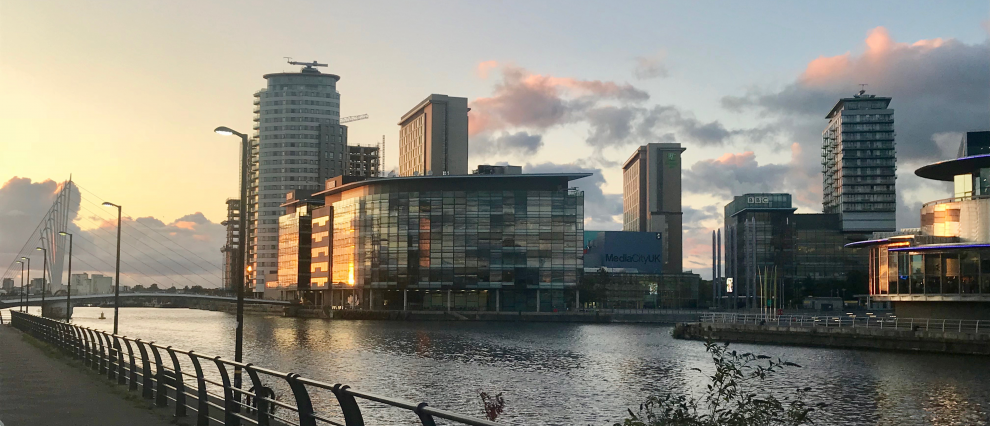
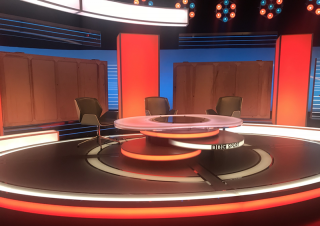
The general atmosphere at the congress was very friendly, with interesting social events alongside the technical programme. The University of Salford gave us the opportunity to experience their most advanced technologies. Highlights from me included seeing the latest 4K Ultra HD TV and one of the first example of footage recorded at 8K, practical demonstrations that major revolutions of multimedia are really underway. We also visited the media production facilities of dock10 where some of the main UK television programs such as The Voice and Mastermind are recorded. In particular, we saw the studio where every day the BBC sports news is broadcast from, along with witnessing the crew working on the new season of “All together now”, a recent British reality music competition. Finally, to celebrate the end of this event, a delicious dinner was organised at Quays Bar with a wonderful view of MediaCityUK Piazza and the canal.
All in all the Congress was an excellent showcase of how multimedia is both stimulating and undergoing a dramatic change, providing new opportunities in technical, artistic and social fields. I thank the organisers and look forward to observing and partaking in some of these exciting developments during my career.
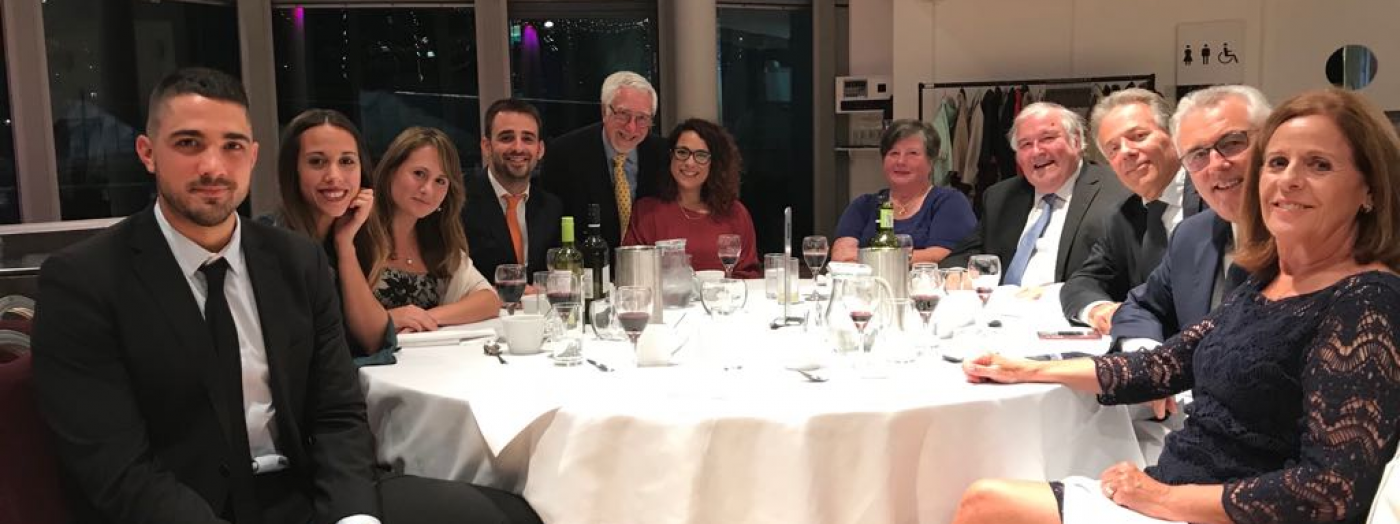
 Close
Close

